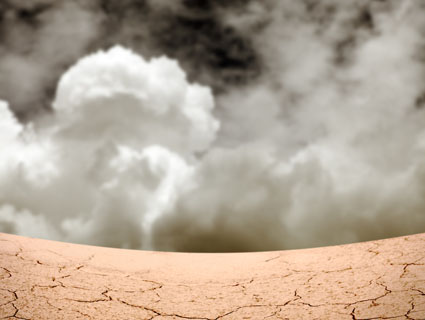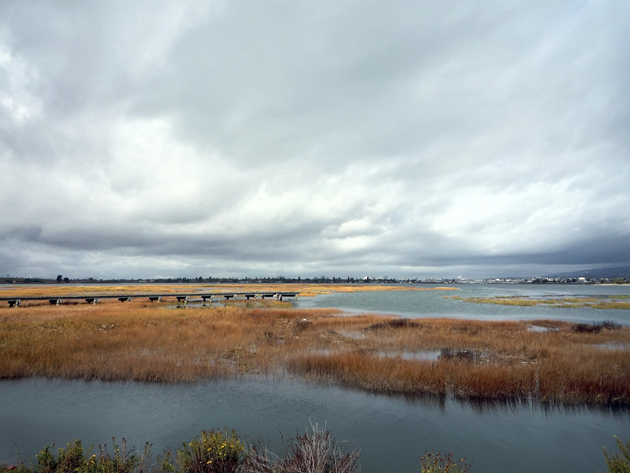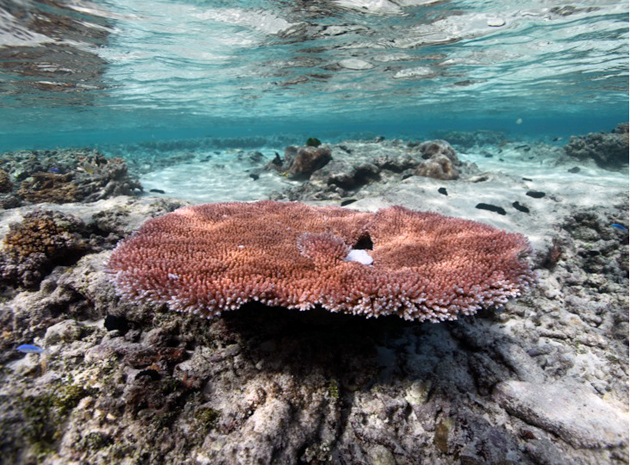
Gwoeii/Shutterstock
Say what you want about the Obama administration’s relative ignoring of climate issues: Many of his top scientists are paying rapt attention, and they think we’re about to get our butts kicked—although dumping the news at 4 p.m. on a Friday gives some indication of where it sits in federal priorities.
The National Climate Assessment is produced by the US Global Change Research Program, which is tasked with collating climate research from a wide variety of federal agencies and, every few years, distilling it into one major report. The latest, a first draft, is the third such report (the last was in 2009), product of a 1990 law that requires the White House to produce semi-regular updates on climate science to Congress. Today’s report echoes the themes of earlier editions, and paints a picture that is all the more grim for being an unsurprising confirmation of the dangers we’ve come to know all too well. Here’s the top six things for you to worry about this weekend, according to the report:
- Climate change is definitely caused by human activities. Always nice to hear government officials acknowledge this essential fact. And the report concedes that our only hope of curbing warming is to kick our addiction to greenhouse-gas spewing fossil fuels.
- Extreme weather is increasing, and that’s our fault, too. In particular, searing temperatures, heavy rain, and prolonged drought.
- Weather isn’t the only threat we have to worry about. The list sounds like the side-effect warnings at the end of a prescription drug commercial: decreased air quality, insect-borne diseases, and “threats to mental health” are all on the docket for the coming decades.
- Our infrastructure is getting hammered, and we’re not spending enough to save it. Floods are destroying farmland; extreme heat is damaging roads, rail lines, and airports; and military installations are at risk.
- Food and water security will be up in the air. Especially in water-scarce regions like the Southwest, decreasing snowpack and shrinking groundwater supplies will spark competition for water between “agricultural, municipal, and environmental” uses. At the same time, heavy floods could put water quality at risk with sediment and chemical contaminates. And by mid-century, efforts to artificially protect agriculture (like expanded irrigation) could be over-ridden by temperature and precipitation extremes.
- Climate change is hitting plants and animals just as hard as us. Beaches, forests, wetlands, and other ecosystems could shrink or disappear, especially a problem when they play a role in mitigating the impact from extreme weather. And warming, acidifying seas could slam sea life.
The report is sure to get thoroughly dissected by reporters in the coming week; keep an eye out for more details to come.














